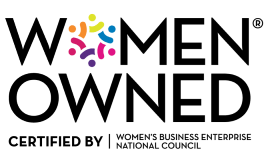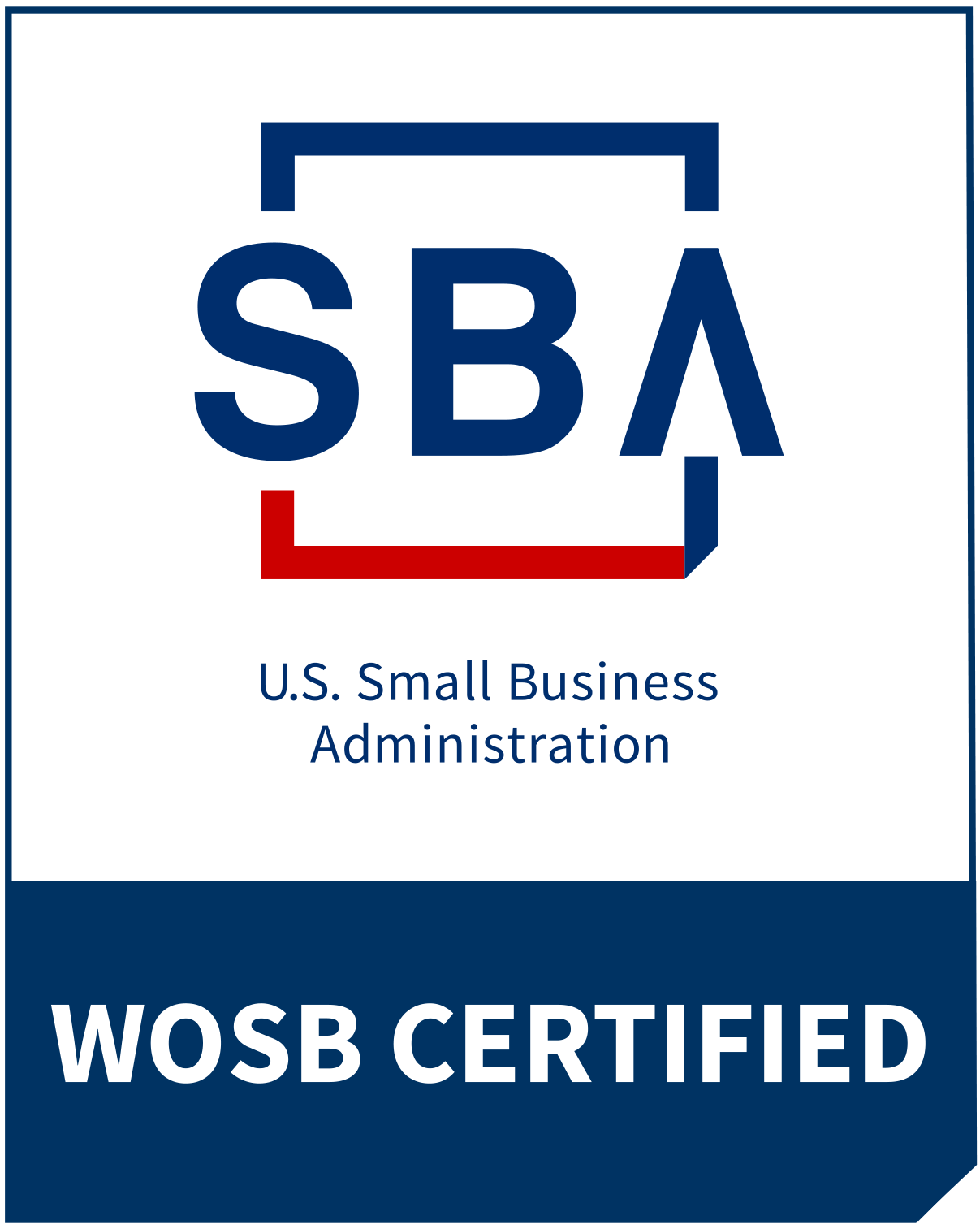Onboarding Magic: Set Up Your New Hires for Success
- Karen Hairston
- 0 Comments
- June 6, 2024
Onboarding Magic: Set Up Your New Hires for Success
Imagine this all-too-common scenario: It’s the first day for your new employee, Sarah. She walks into the office excited but nervous, not sure what to expect. The receptionist isn’t sure who Sarah should talk to. After waiting awkwardly for 15 minutes, someone from HR hurriedly shows Sarah to her desk, hands her a stack of forms to fill out, and disappears. Sarah has no idea what she’s supposed to do or who to ask for help. She spends most of the day trying to get her computer and accounts set up. By the end of a frustrating first day, Sarah is starting to question her decision to take this job.
Sound familiar? Unfortunately, a poor onboarding experience like this is very common. In fact, 88% of employees say their employer did not have a good onboarding process. This results in lower employee engagement, slower time-to-productivity, and higher turnover. In fact, a negative new hire onboarding experience results in new hires being 2x more likely to look for new opportunities shortly after they’re hired!
As an entrepreneur or small business owner, you can’t afford to get off on the wrong foot with new employees. Your people are your greatest asset. Systematizing an exceptional onboarding process is critical to setting up new hires for success and accelerating your growth. Let’s look at how to do it.
The Importance of Onboarding
First, why is employee onboarding so important? Onboarding is the process of integrating a new employee into your organization.
The goals are to:
Make the new hire feel welcome and valued as part of the team
Communicate your company mission, values, and culture
Share the knowledge and tools they need to perform their job
Integrate them socially with managers and coworkers
Complete the necessary HR paperwork and procedures
When done right, a positive onboarding experience provides significant benefits:
69% of employees are more likely to stay with a company for 3 years if they had a great onboarding experience (https://www.sora.co/guide/onboarding-overview)
New hires who go through a structured onboarding program are 58% more likely to be with the organization after 3 years (https://www.jellyvision.com/resources/ebook/employee-onboarding/virtual-onboarding-checklist/)
Organizations with a strong onboarding process improve new hire productivity by 70% and retention by 82% (https://www.oak.com/blog/employee-onboarding-statistics)
Unfortunately, many small businesses put little thought or effort into onboarding. The consequences of a poor onboarding process include:
Lower employee engagement and morale
Longer time for new hires to reach full productivity
Higher employee turnover
Damage to your business’s reputation as an employer
Inability to attract and retain top talent
7 Steps to Create an Onboarding Program
Developing a systematic onboarding program doesn’t need to be complicated.
Follow these seven steps:
1. Before Day 1
Onboarding starts before the employee’s first day. Send a welcome email with first-day information like start time, parking, dress code, schedule, etc. Mail a welcome package with company swag. Assign a mentor to greet them. Prepare their workstation with equipment and supplies.
2. Make Day 1 Special
Your goal is to make new hires feel welcome and valued. Don’t overwhelm them with too much information. Have a team lunch. Give a welcome gift. Have the CEO record a video greeting or put a welcome sign near the entrance. Share the schedule and expectations for the first week.
3. Company Overview
Give an engaging presentation covering your company’s history, mission, vision, values, and culture. Explain not just what you do but why you exist. Share customer success stories. Discuss your market, competitors, and overall strategy.
4. HR & Admin
Complete required HR paperwork, benefits enrollment, payroll, etc. Give an office tour. Provide an employee handbook. Explain policies and procedures. Review their job description, expectations, goals, and success metrics.
5. Technical & Skills Training
Provide training specific to their role, such as technical skills, software, product knowledge, etc. Don’t overwhelm them—spread it out over several weeks. Have them job shadow experienced team members.
6. Team Integration
Schedule 1-on-1s with their manager and team members. Hold social events so they can connect on a more casual level. Pair them with a buddy outside their team. Have them interview colleagues in other departments to understand the organization better. A scavenger hunt to find information about the business and other functional areas is a fun way to structure this.
7. 30/60/90-Day Feedback
Have a 30, 60, and 90-day check-in to get feedback, answer questions, and ensure they are engaged. Address any issues early. Celebrate successes. At 90 days, have a performance review to evaluate progress and set future goals.
Common Onboarding Challenges & Solutions
Implementing an effective onboarding program has its challenges. Some common problems and solutions include:
Lack of time or resources: Start small. Focus on the high-impact items first. Use onboarding technology to save time. Delegate tasks to other team members. Use a phased approach vs trying to do everything in Week One.
Inconsistent processes: Document your standard onboarding procedures. Create onboarding checklists, timelines, and agendas. Appoint someone to oversee the program and continuously gather feedback to improve it.
Disengaged managers: Make sure managers understand the importance of onboarding. Include onboarding metrics in managers’ performance evaluations. Get their buy-in by involving them in developing the onboarding program. Provide manager training on their role in onboarding.
Information overload: Don’t cram too much into the first days and weeks. Spread out training over 30-90 days. Use blended learning with self-study, classroom, and on-the-job training. Provide reference materials they can refer to later. Check for understanding and allow time for questions.
Focusing on HR/admin over culture: Don’t neglect the cultural and social elements of onboarding. Have company leaders meet with new hires to share the vision and values. Schedule team-building activities. Assign a buddy and have team lunches. Encourage colleagues to welcome the new hire.
The Payoff
Investing the time to create an exceptional onboarding program pays dividends. Well-onboarded employees are more engaged, productive, and likely to stay. This is especially important in client service businesses, where your people deliver your product.
When you have an engaged workforce that lives your mission and values, it shows in their interactions with clients. Better service leads to happier customers, more referrals, and higher revenue. Lower turnover reduces hiring and training costs. With documented processes and faster ramp-up times, you can scale your business more rapidly and profitably.
Next Steps
If you don’t have a formal onboarding program, start one now. Evaluate your current onboarding experience. Map out the new hire journey. Talk to recent hires about what worked and what didn’t. Develop a 30-60-90 day onboarding plan. Create checklists, timelines, and documentation. Assign responsibilities and gather feedback to improve your program over time.
The investment you make in onboarding will be well worth it. You’ll have happier, more productive employees. You’ll build a strong reputation as an employer of choice. Most importantly, exceptional employee onboarding will help you delight customers, systematize your business, and accelerate your growth.
Is Your Business Growing But You Feel Like It’s Falling Apart?
Feeling the strain of business growth? You're not alone. Many successful businesses face these challenges. It's often the little things that cause big headaches. Suddenly, your tried-and-true methods don't work anymore, profits shrink, customers are complaining, and you're constantly firefighting.
The key lies in fine-tuning your systems to support your growth. My 3S Profit Optimizer framework helps to secure more clients, streamline operations, and supercharge scalability. I've helped numerous businesses overcome these hurdles, and I'd love to see how I can help you succeed.
Let’s minimize the growing pains and prevent them from reflecting poorly on your business. To learn how to have more freedom, more control, and more opportunities to earn income take action now and click below.
Related Posts





